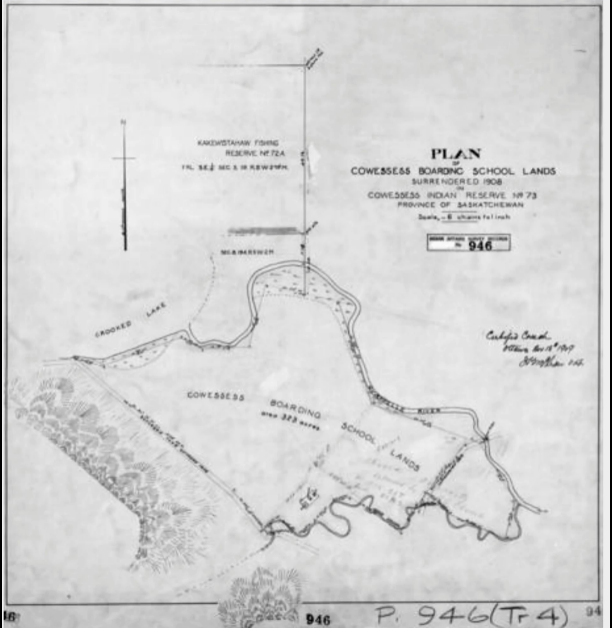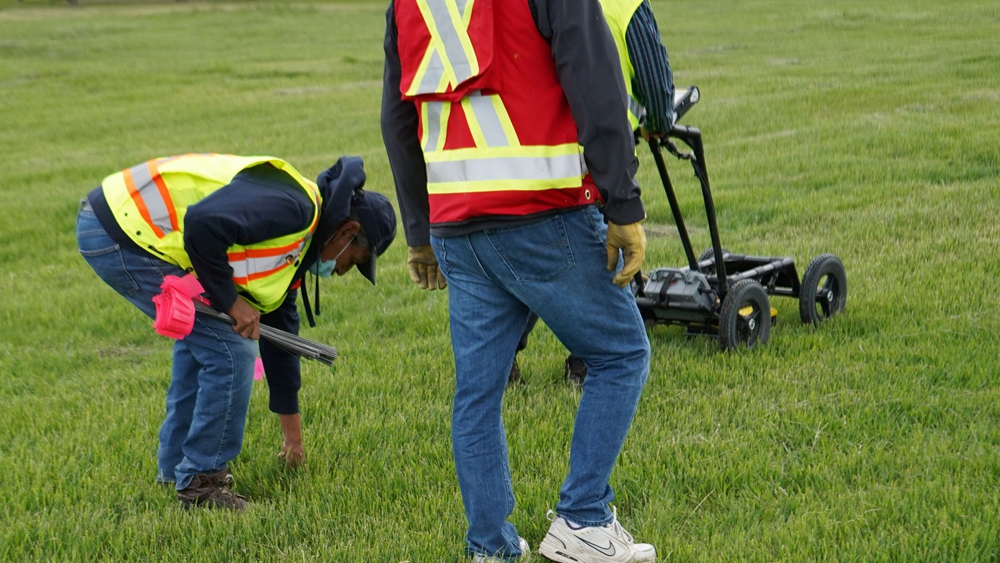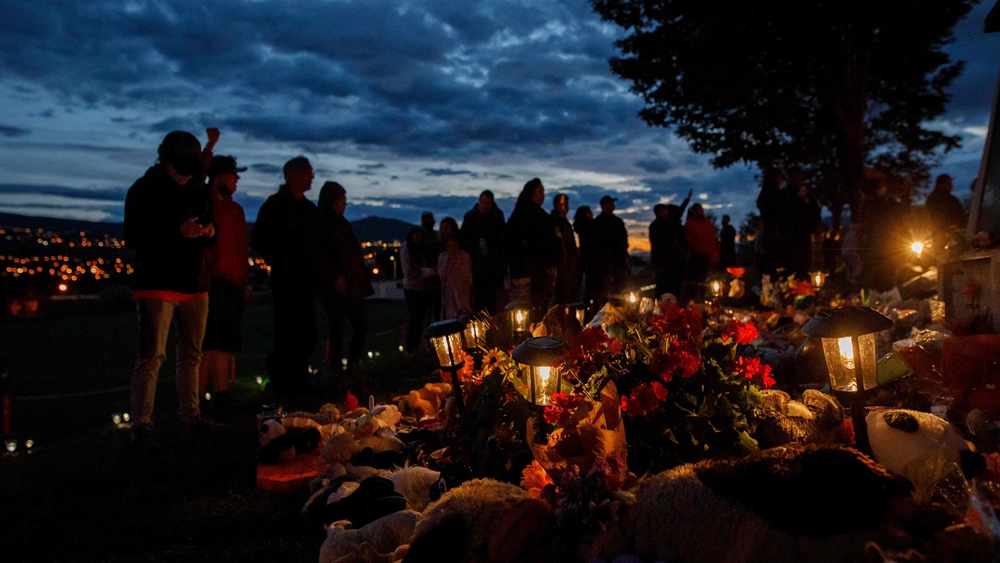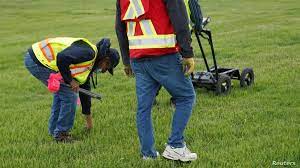Leaders of indigenous groups in Canada said Thursday that investigators have found more than 600 unmarked graves at the site of a former residential school for indigenous children.
Similar graves, but smaller in number, were discovered in the country a few weeks back.
The bodies were discovered at the Marieval Indian Residential School, which operated from 1899 to 1997 where the Cowessess First Nation is now located, about 85 miles (135 kilometers) east of Regina, the capital of Saskatchewan in western Canada.

The area of the Marieval Indian Residential School is seen in an undated map on the Cowessess Reserve near Grayson, Saskatchewan, Canada. /Reuters
A search with ground-penetrating radar resulted in 751 hits, “indicating that at least 600 bodies were buried in the area,” said Chief Cadmus Delorme of the Cowessess. The radar operators have said their results could have a margin of error of 10 percent.
“The number of unmarked graves will be the most significantly substantial to date in Canada,” Federation of Sovereign Indigenous Nations said in a statement.
Delorme said the search continues and the radar hits will be assessed by a technical team and the numbers will be verified in coming weeks.

A crew performs a ground-penetrating radar search of a field near the former Marieval Indian Residential School in Grayson, Saskatchewan, Canada, June 18, 2021.
On Twitter, Canadian Prime Minister Justin Trudeau said he was “terribly saddened” to learn of the latest discovery.
“My heart breaks for the Cowessess First Nation following the discovery of Indigenous children buried at the former Marieval Residential School,” he said, adding that “we will tell the truth about these injustices.”
Saskatchewan Premier Scott Moe said the entire province mourns the discovery of the unmarked graves.
“An apology is one stage in the way of a healing journey,” Delorme said.
“This was a crime against humanity, an assault on First Nations,” said Chief Bobby Cameron of the Federation of Sovereign Indigenous First Nations in Saskatchewan. He said he expects more graves will be found on residential school grounds across Canada.
“We will not stop until we find all the bodies,” he said.

Tribute outside a makeshift memorial at the former Kamloops Indian Residential School to honour the 215 children whose remains have been discovered buried near the facility, in Kamloops, British Columbia, Canada, June 4, 2021. /CFP
Old wounds
Florence Sparvier, 80, said she attended the Marieval Indian Residential School. “The nuns were very mean to us,” said she, adding that “We had to learn how to be Roman Catholic. We couldn’t say our own little blessings.”
“We learned how to not like who we were,” she said. “That has gone on and it’s still going on.”
The news came after the remains of 215 children, some as young as three years old, were discovered at a former residential school in Kamloops, British Columbia in May.
At least 146 indigenous residential schools were reportedly built across Canada. Indigenous leaders said that the finding is not surprising to indigenous people, and that there are likely more undiscovered burial sites.
From the 19th century until the 1970s, more than 150,000 indigenous children were forced to attend residential schools where they were often subjected to physical and sexual abuse.
While Canada formally apologized for its residential school system in 2008, the federal government has implemented only eight of the 94 calls to action issued in a 2015 final report from the Truth and Reconciliation Commission of Canada.
(With input from AP, Xinhua)






























